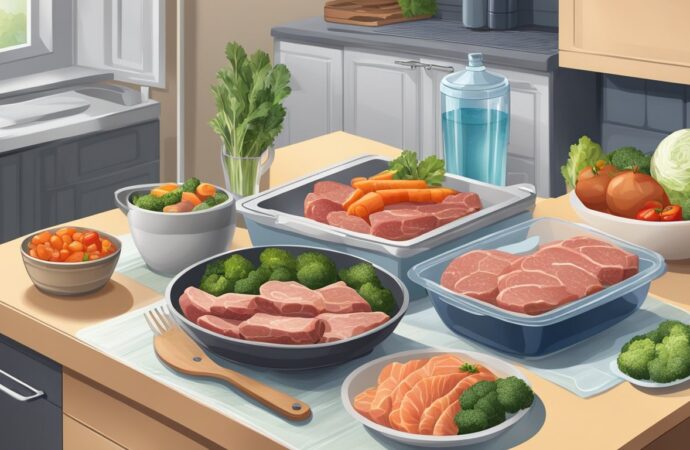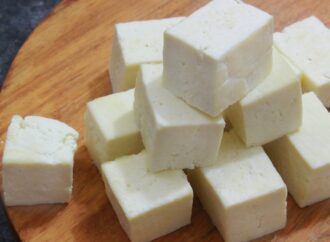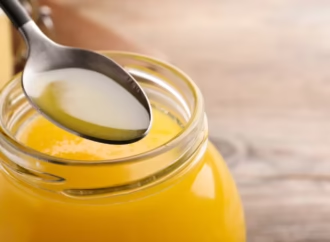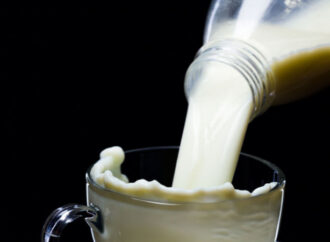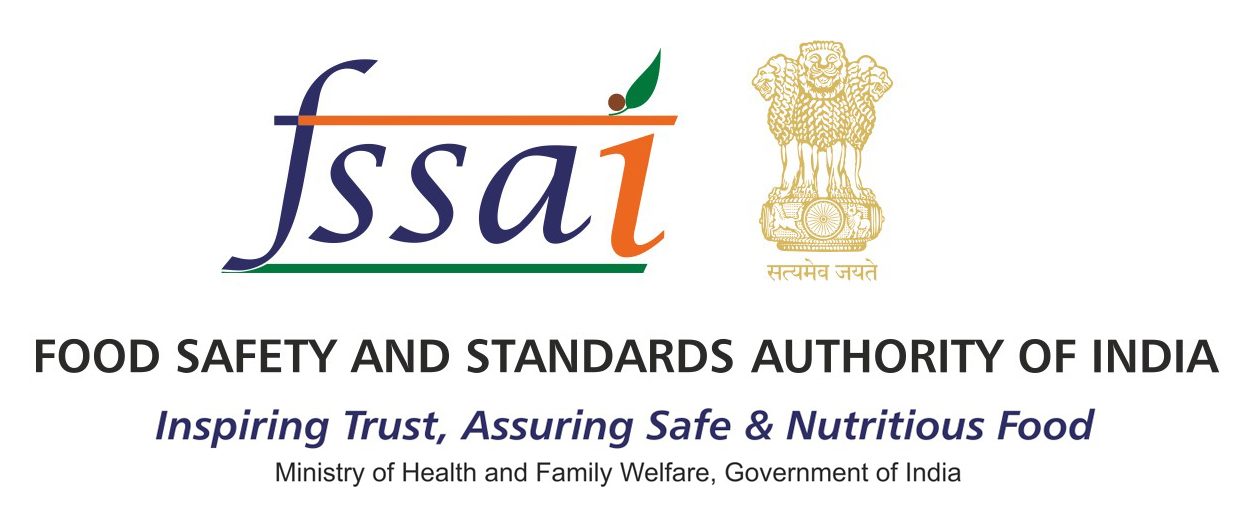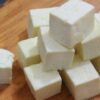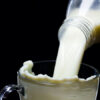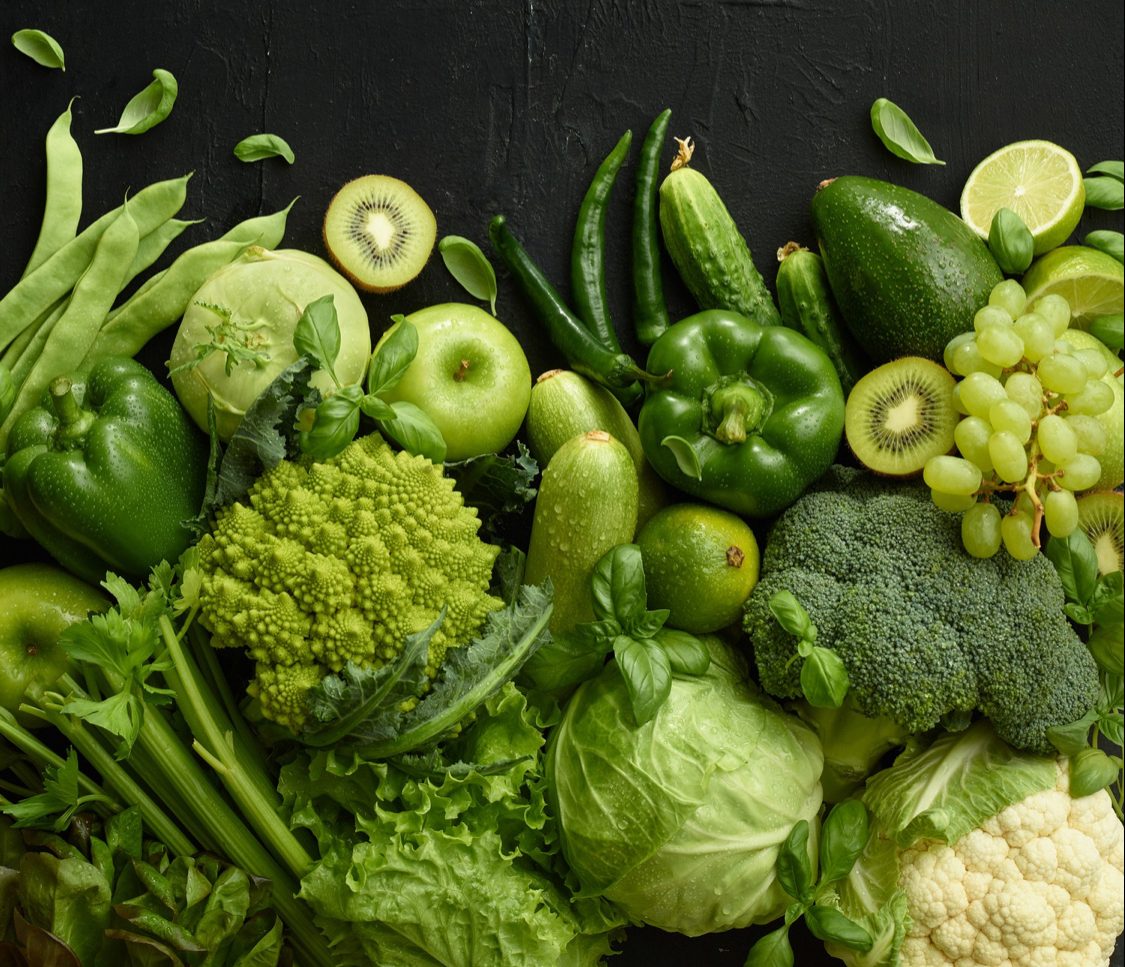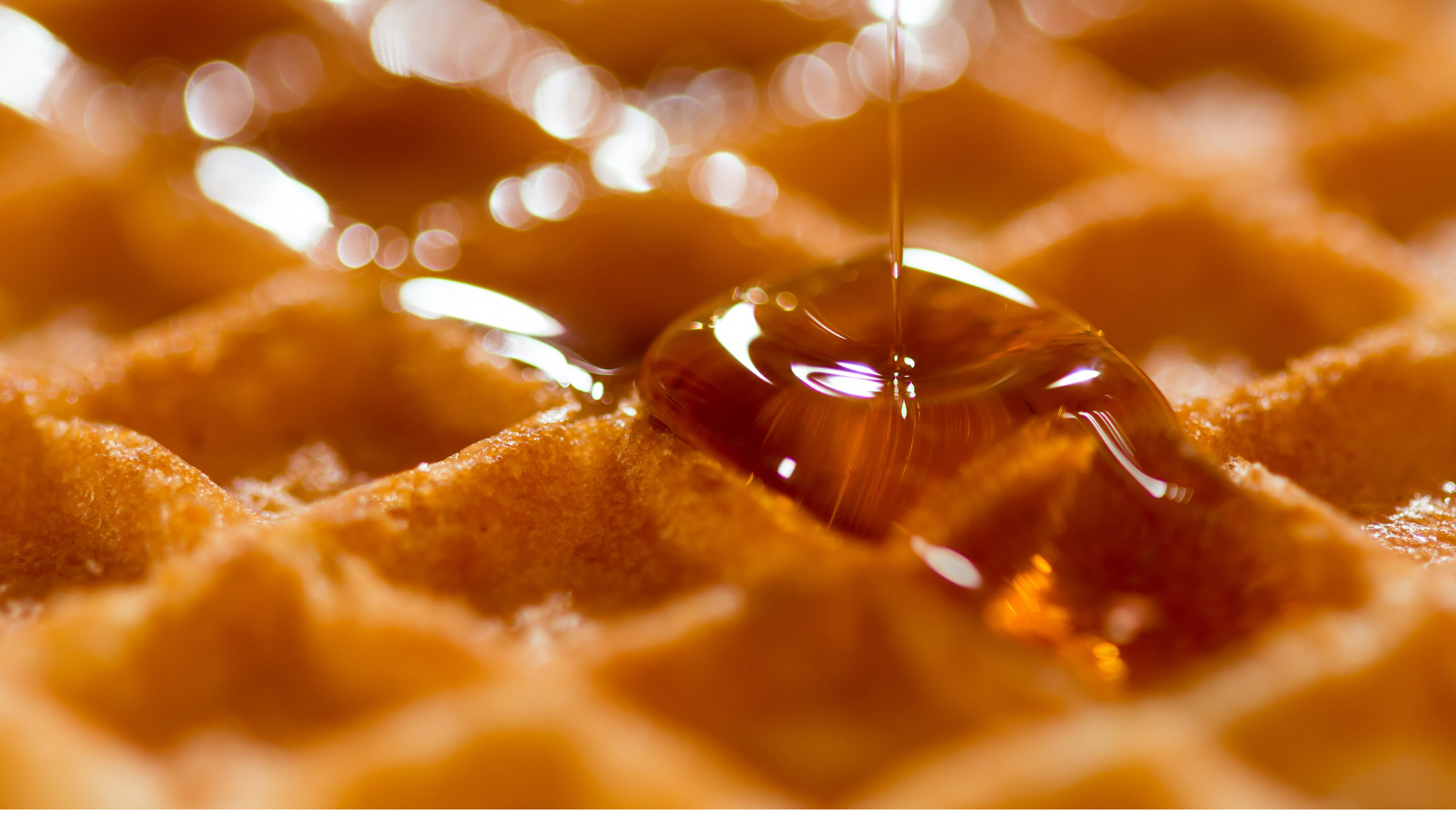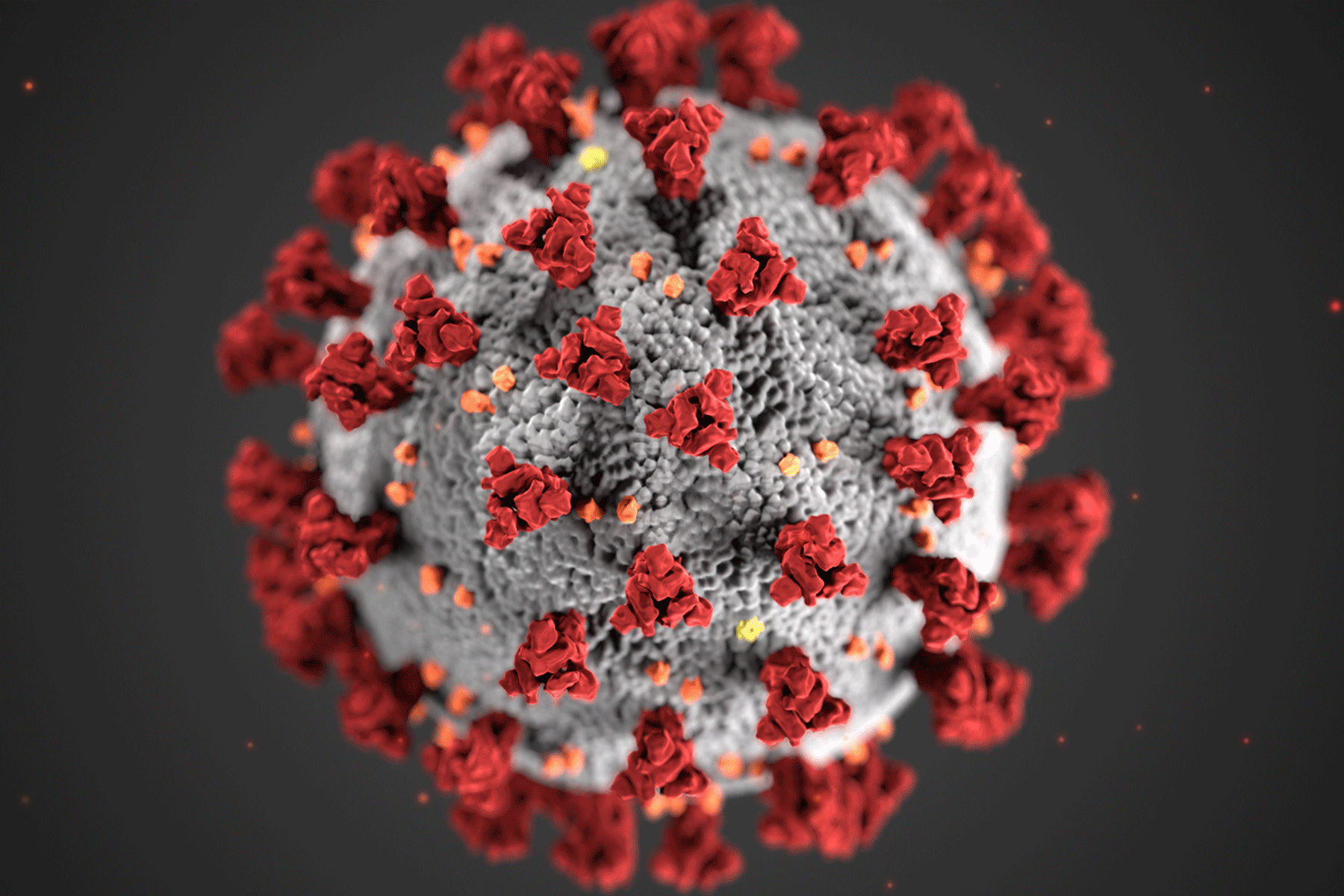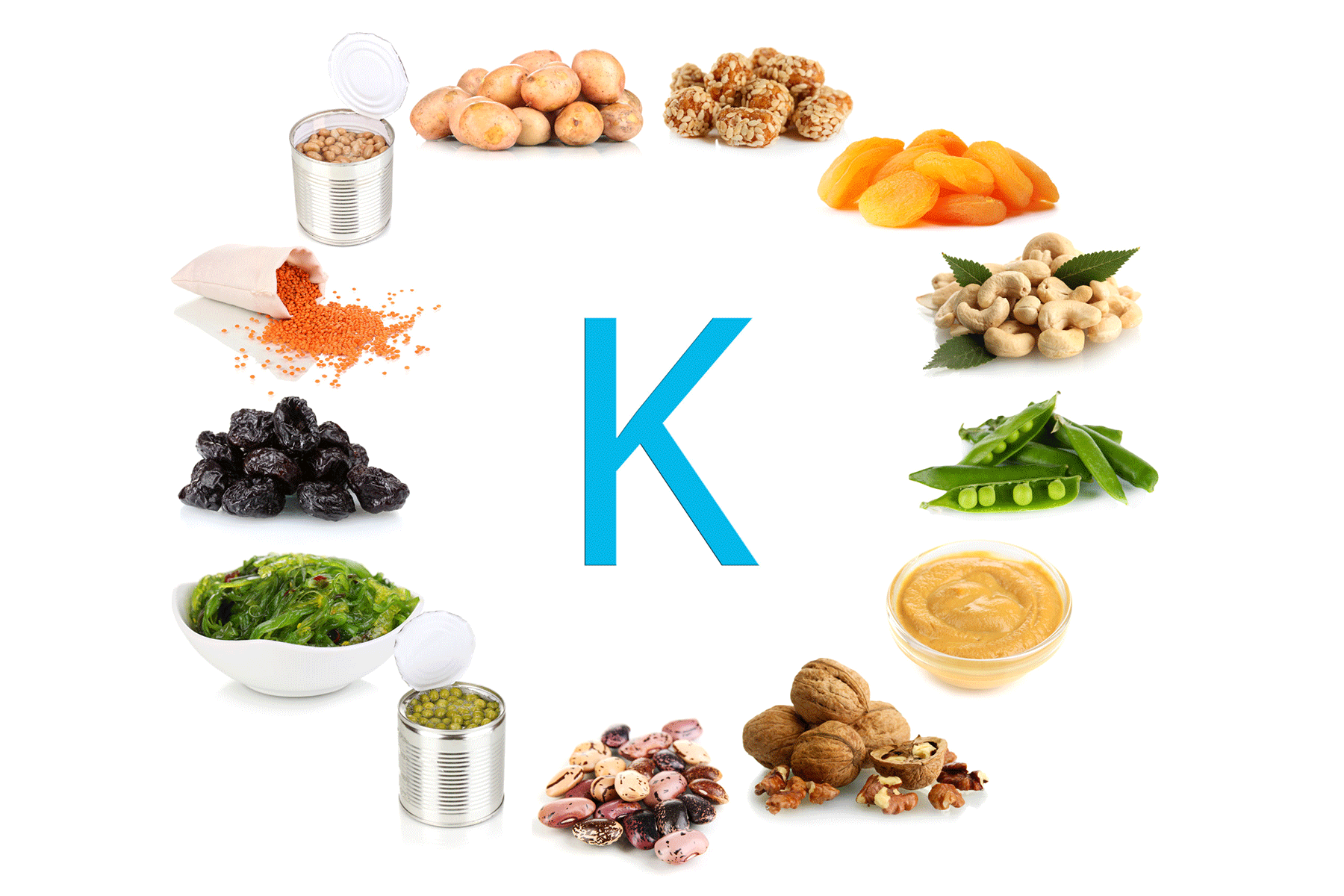Frozen foods like meat, vegetables, seafood, and ready-to-cook items are common in both home kitchens and commercial food businesses. Freezing helps extend shelf life and reduce food waste, making it a reliable method for preserving food. But when it’s time to cook, the next important step is thawing—also called defrosting. Thawing may seem simple, but doing it the wrong way can put your health at risk. That’s because harmful bacteria can grow quickly when food warms up unevenly. So, knowing how to thaw food safely is just as important as storing or cooking it the right way.
What is Thawing?
Thawing simply means allowing frozen food to return to its unfrozen, softer state before cooking or eating. This process may sound basic, but it’s actually a critical step in the food safety chain. If you thaw food the wrong way, it can quickly become a breeding ground for harmful bacteria, even before you cook it.
Why Thawing Matters for Food Safety
When food is frozen, bacteria cannot grow. But the moment food starts to warm up and enter what’s known as the danger zone—between 5°C and 60°C (41°F to 140°F)—bacteria like Salmonella, Listeria, and E. coli can multiply very quickly. Let’s say you leave frozen chicken on the kitchen counter to thaw overnight. The outer layer of the chicken warms up faster than the inside. That outer layer stays in the danger zone for hours, allowing bacteria to grow. Even if you cook the chicken later, the bacteria might have already released toxins that heat can’t destroy. This is why safe thawing is essential. It’s not just about defrosting food—it’s about doing it in a way that keeps bacteria in check and protects your health.
The Safest Ways to Thaw Food

Here are four methods you can use to thaw food safely:
- In the Refrigerator (Best Method)
This is the safest and most recommended method. Just move the frozen food from the freezer to the refrigerator and let it thaw slowly. It may take several hours or even overnight, depending on the size of the item, but the temperature stays low enough to prevent bacterial growth.
Tip: Place the food to be thawed in a container to catch any drips and prevent cross-contamination with other foods.
- Under Cold Running Water
This method works when you need to thaw something quickly. Place the food in a leak-proof plastic bag and submerge it in cold water. Change the water every 30 minutes or use a gentle stream of running water. This keeps the temperature low while speeding up the thawing process.
Never use warm or hot water—it brings the food into the danger zone.
- In the Microwave
Microwaves have a defrost function that allows you to thaw food quickly. This is useful for smaller portions or when you’re short on time. However, you should cook the food immediately after microwaving because parts of it may become warm enough to support bacterial growth.
- During Cooking (No Thawing Required)
In some cases, you can cook frozen food directly without thawing it first, like frozen vegetables, burger patties, or pre-packed frozen meals. Just follow the instructions on the label and make sure the food reaches the right internal temperature.
Methods to Avoid
Some thawing habits are risky and should be avoided:
-
Leaving food out on the kitchen counter
-
Soaking food in warm or hot water
-
Thawing in a car or near windows under sunlight
These methods allow food to sit in the danger zone too long, raising the risk of foodborne illness.
Thawing in Commercial Kitchens
For restaurants, cafeterias, and other food businesses, following proper thawing procedures is not optional—it’s a safety requirement. Food handlers must be trained to understand the risks of improper thawing. Regulators like FSSAI in India or FDA in the U.S. include thawing guidelines in their food safety codes. Many outbreaks of foodborne illnesses have been traced back to incorrect thawing and poor handling of defrosted foods. That’s why food service providers must use temperature-controlled thawing methods, keep records, and conduct regular staff training.
Key Takeaways
-
Thawing is more than just a prep step—it’s a food safety measure.
-
Always thaw food using safe methods: in the fridge, under cold water, in the microwave, or by cooking directly.
-
Never leave food to thaw at room temperature.
-
Proper thawing prevents the growth of harmful bacteria and protects your health.
-
In commercial kitchens, safe thawing is part of compliance and hygiene standards.
Final Thoughts
Thawing may seem like a small step in cooking, but it carries big consequences. Whether you’re a home cook or a professional, following safe thawing practices can make all the difference in serving healthy, safe meals. So the next time you take something out of the freezer, pause and ask: Am I thawing this the right way?
 Food Manifest
Food Manifest 